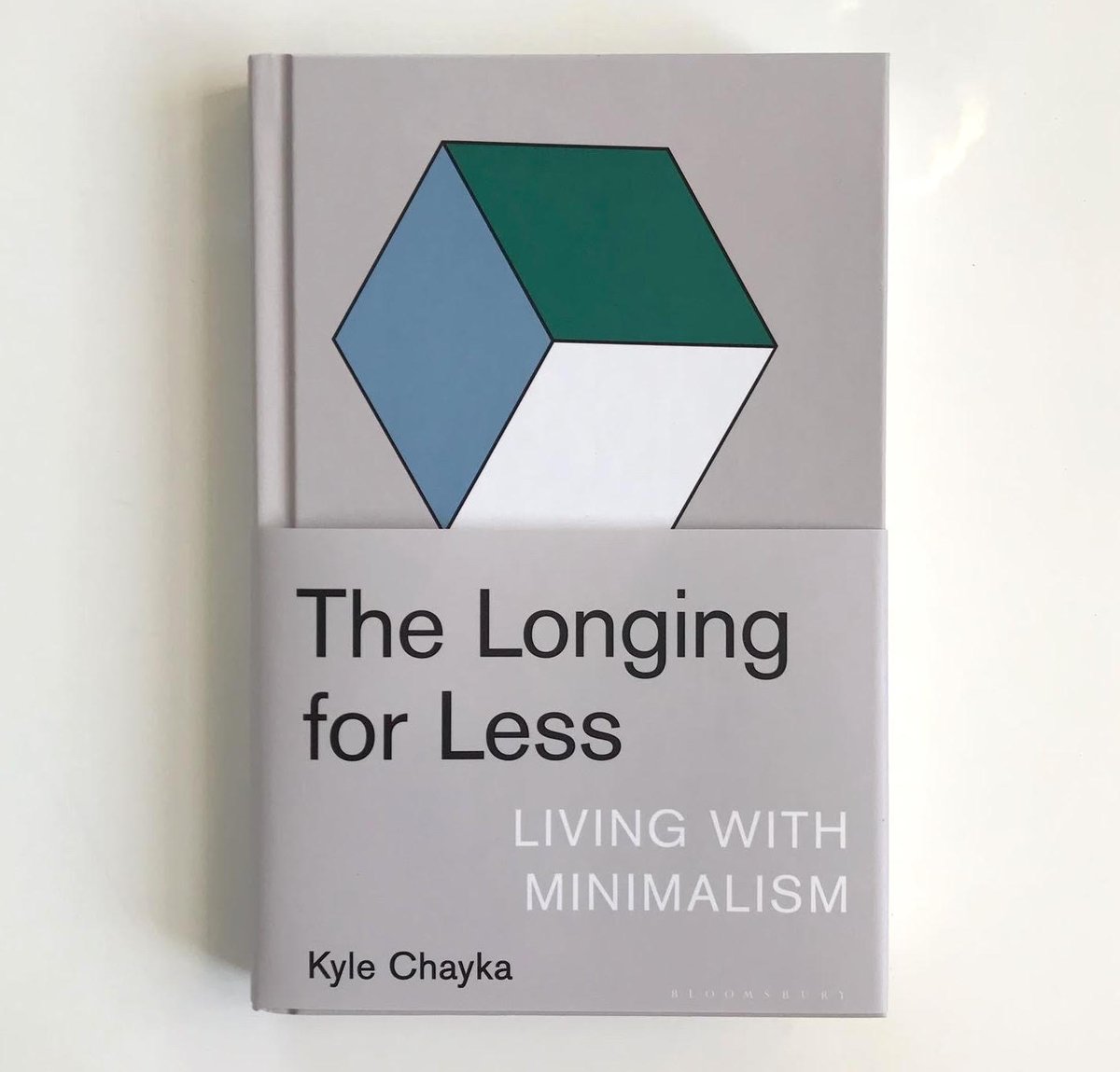

“We think that our machinery and technology will save us time and give us more leisure, but really they make life more crowded and hurried”
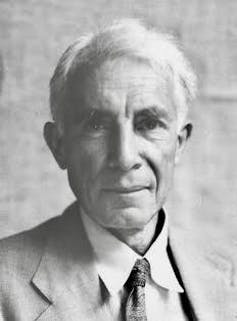
“We are in the midst of reality responding with joy. It is an absolutely satisfying experience but extremely elusive.”
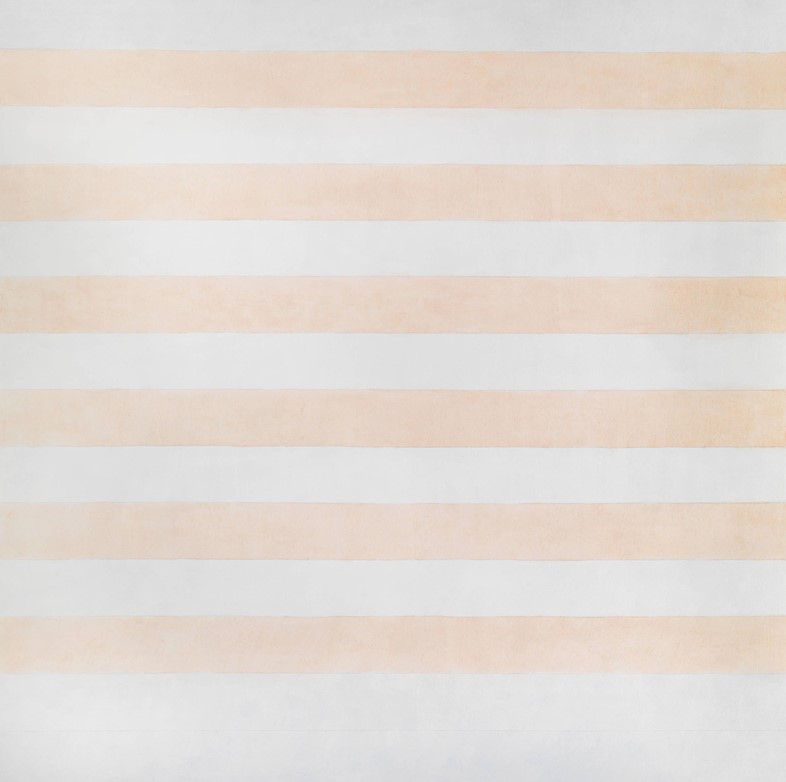
“You can feel comfortable in any environment that's beautiful,” said the architect Philip Johnson of his 1949 Glass House, which helped popularized the modernist aesthetic in America
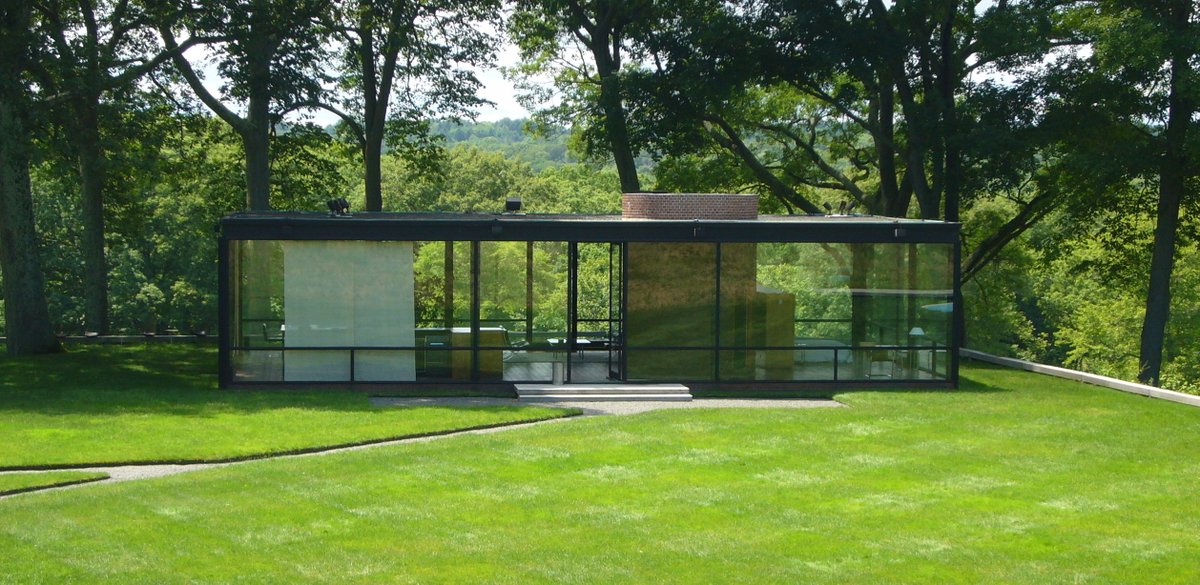
Its simplicity was a radical departure from art history. “What you see is what you see,” as the painter Frank Stella said.
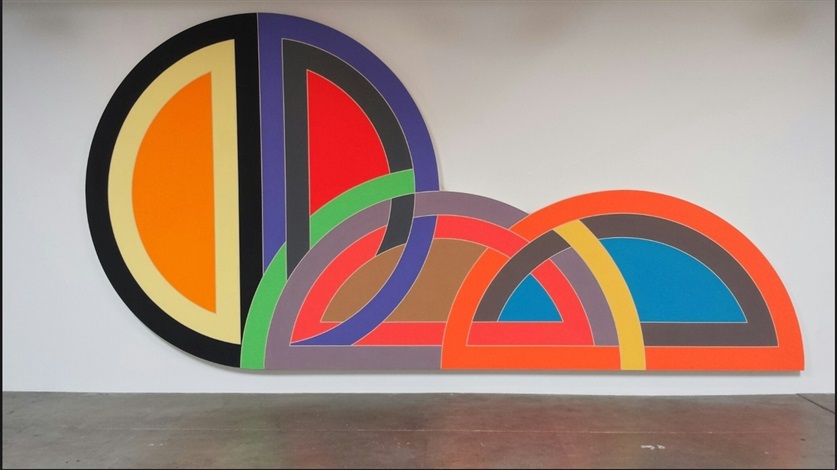
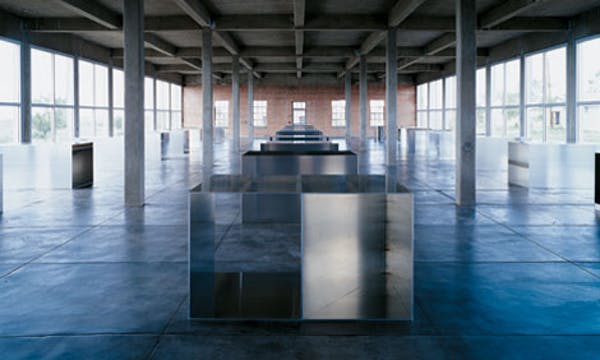
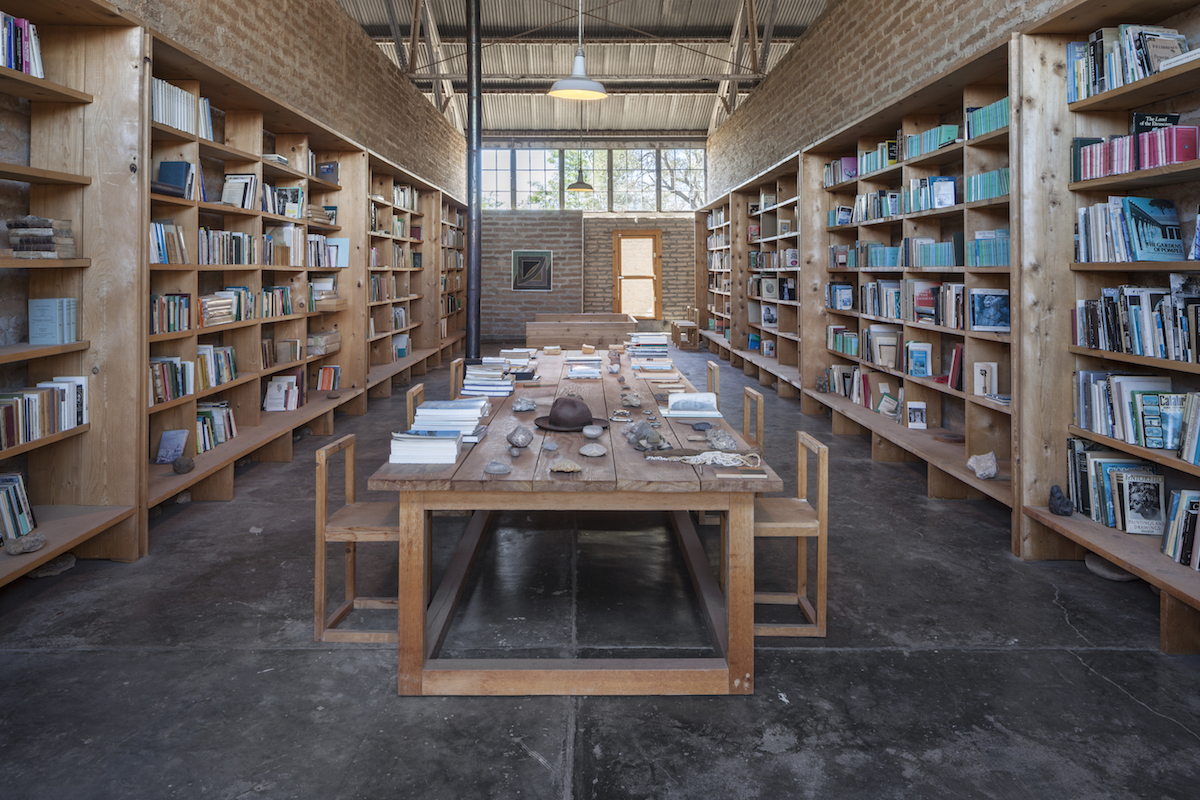
“There is no talented and rigorous asceticism that doesn’t produce a gain (rather than a loss) in the capacity for pleasure”
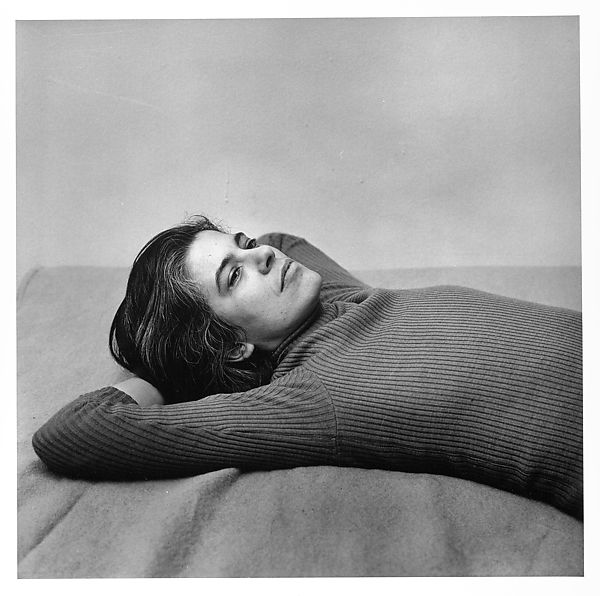
The 13th-century Zen monk Mumon said nothingness was not pure absence, but “a red-hot iron ball which you have gulped down and which you try to vomit up, but cannot.”
As the novelist Junichiro Tanizaki put it in his essay “In Praise of Shadows”: “We find beauty not in the thing itself but in the patterns of shadows, the light and the darkness, that one thing against another creates.”
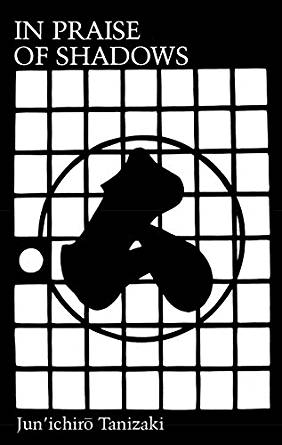
“This is a life
That misses its way”
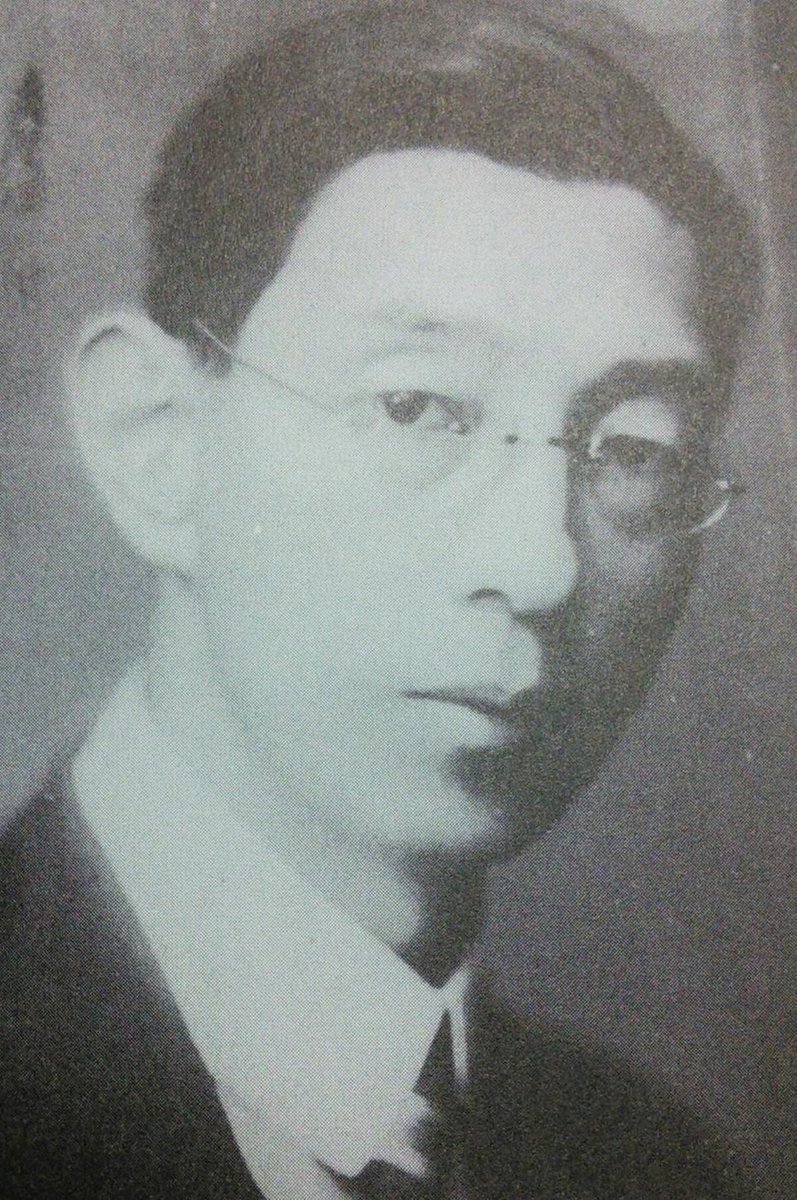
“an attitude of disinterestedness toward fate, free from all attachments, an attitude that has its source in an awareness of fate”
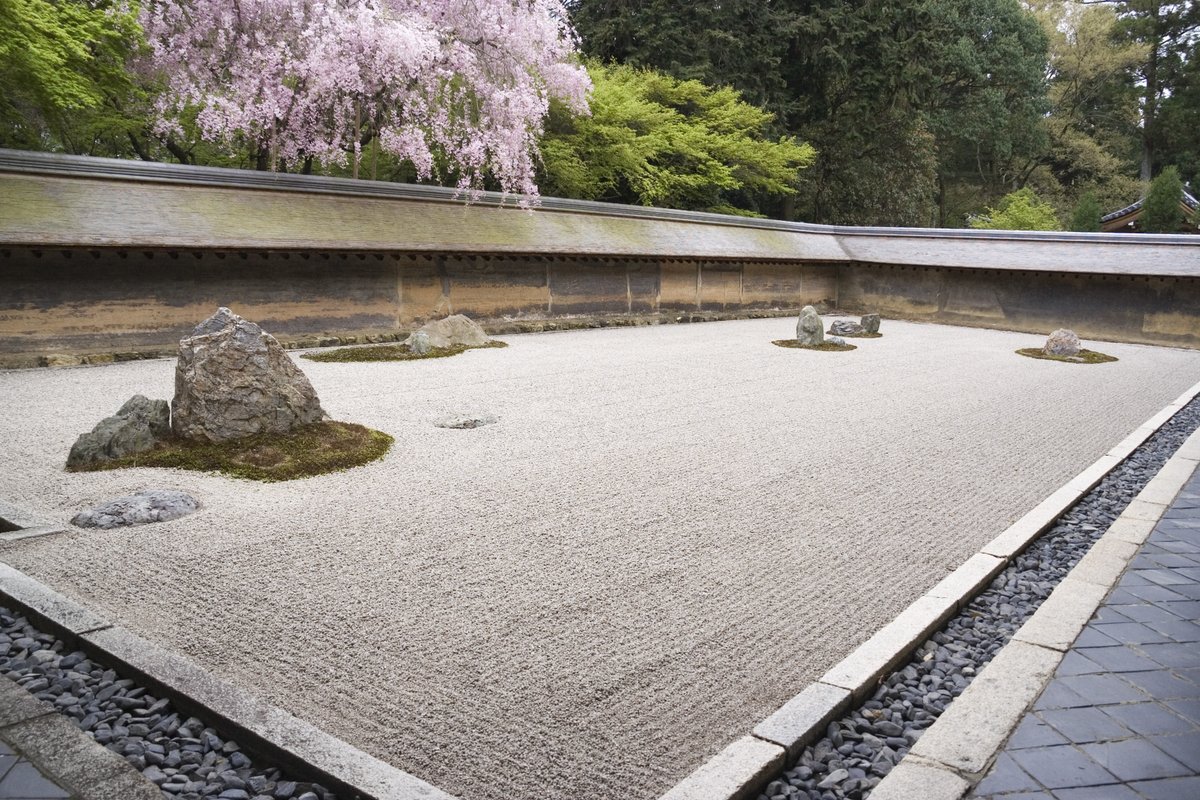
Bloomsbury: bloomsbury.com/us/the-longing…
Indiebound: indiebound.org/book/978163557…
Amazon: amazon.com/Longing-Less-L…
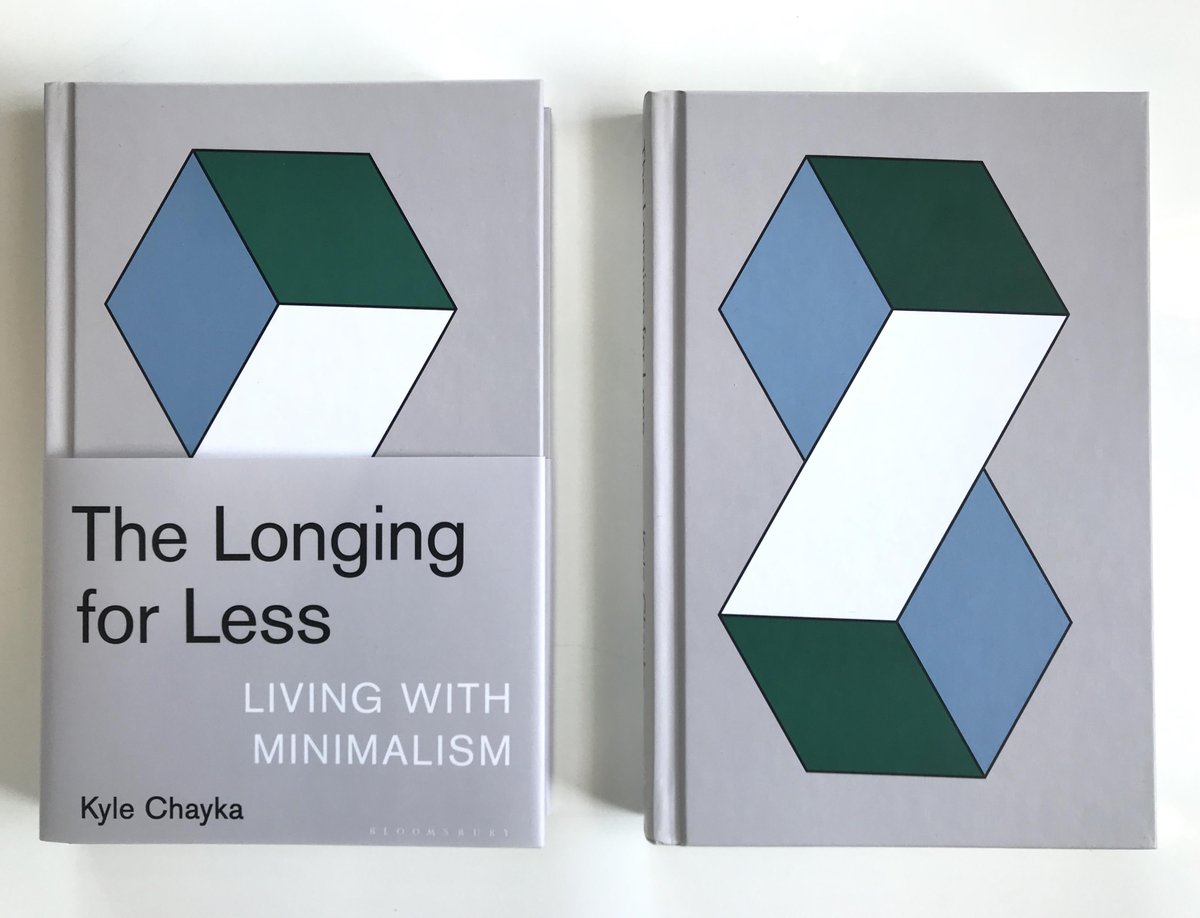
I’ll be happy if the book is like a mixtape: find some cool ideas, artists, and writers, then pursue them to find your own answers









